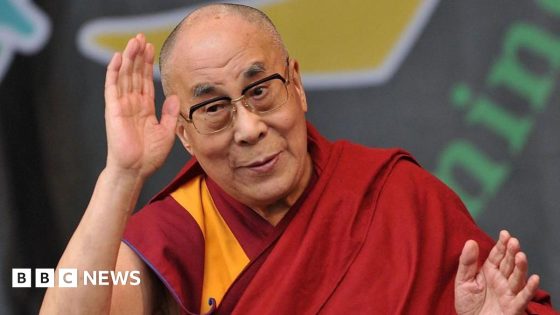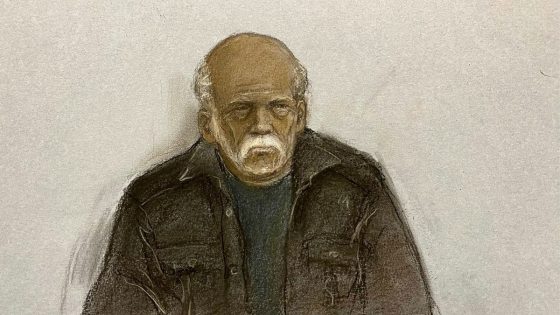The Dalai Lama, a pivotal figure in global spirituality and peace, has captivated millions since his early years. Born Lhamo Dhondup in 1935, he was recognized as the reincarnation of the 13th Dalai Lama at just two years old. His journey took a dramatic turn on 2025-07-02 09:04:00, marking significant milestones in his life as he fled to India and became a symbol of nonviolent resistance.
- 14th Dalai Lama born Lhamo Dhondup in 1935
- Identified as reincarnation at age two
- Moved to Potala Palace in 1940
- Fled to India after 1959 uprising
- Nobel Peace Prize awarded in 1989
- Describes himself as a simple monk
Now known as Tenzin Gyatso, the 14th Dalai Lama was educated in the Potala Palace, where he immersed himself in Buddhist philosophy and various subjects. His exile in Dharamshala began in 1959 after a failed uprising against Chinese rule, and he has since emerged as a global advocate for peace, earning the Nobel Peace Prize in 1989 for his efforts to protect Tibetan identity.
Why does the Dalai Lama resonate so deeply with people worldwide? His teachings emphasize compassion and understanding, appealing to diverse audiences. His influence extends beyond religious boundaries, prompting discussions on peace and human rights.
- He promotes nonviolence and dialogue.
- His teachings inspire global movements for peace.
- He serves as a voice for the Tibetan people.
- His philosophy transcends cultural and religious divides.































